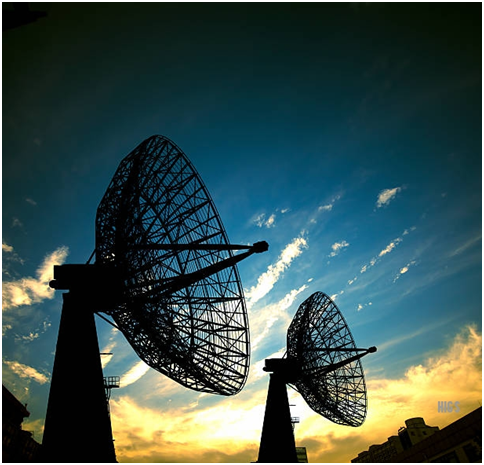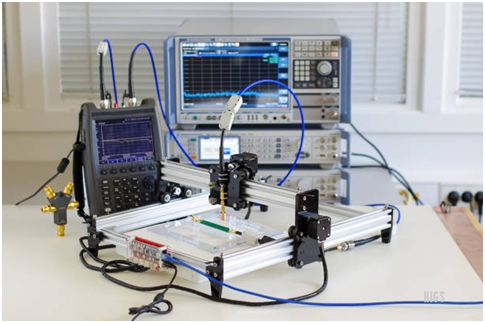Microwaves in Electromagnetic research papers
What is microwave radiation?
Microwaves are actually a form of electromagnetic radiation. It explains that the microwaves are the type of electromagnetic radiation with wavelengths ranging from one meter to one millimetre.
Microwaves in electromagnetic radiation are waves of electrical and magnetic energy moving together through the space. Electromagnetic radiation spans a broad spectrum from very long radio waves to very short gamma rays. The human eye can only detect a different part of this spectrum known as visible light. A radio notices a different portion of the spectrum and an X-ray machine utilizes yet another portion.
Visible light, microwaves, and radio frequency (RF) radiation are the methods of non-ionizing radiation. Non-ionizing radiations do not have sufficient energy to hit electrons out of atoms. X-rays are a method of ionizing radiation. Exposure to ionizing radiation can alter atoms and molecules and cause damage to cells in organic matter.

Cooking with microwaves:
Microwaves are produced inside the oven by an electron tube that is known as a magnetron. The microwaves are reflected within the metal interior of the oven where they are absorbed by food. Microwaves cause water molecules in the food to vibrate and produce heat that is used for cooking food. This is the reason why foods that are high in water content such as fresh vegetables that can be cooked more rapidly than other foods.
Glass, paper, ceramic, or plastic containers are employed in microwave cooking because microwaves pass through these materials. Although such containers cannot be heated by microwaves, they can become hot from the heat of the food cooking inside. Some plastic containers should not be utilized in a microwave oven because they can be melted by the heat of the food inside. Normally, metal pans or aluminum foil should not be utilized in a microwave oven because microwaves are reflected off these materials causing the food to cook unequally and possibly damaging the oven.
Microwaves In Communication:
In terms of communication, microwaves are often employed in various technologies such as satellite communication, wireless networks, and radar systems. They have the advantage of being able to carry large amounts of information and transmit data over long distances.










